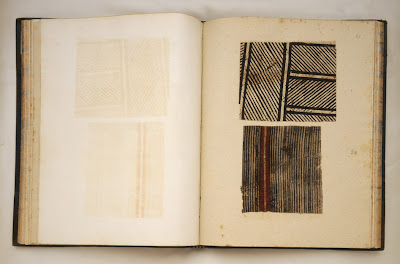'Protest! a cry for freedom', is an exhibition about revolution and reform and runs from 1 August to 11 November at the Sir George Grey Special Collections, 2nd floor, Auckland Central Library. Ref: Introduction, Thomas Paine, 'Rights of Man', 1961, Sir George Grey Special Collections The exhibition looks at universal themes of race, religion, power, land, peace, work, gender and the environment, which over the centuries have brought the ordinary man to react against the status quo in both peaceful and violent ways. Ref: Case 7 Land, Meeting of six Ngati Maniapoto chiefs, 7-A16127, Sir George Grey Special Collections Examples through history and from around the world are given in the exhibition using rare books, letters, photographs, posters and memorabilia drawn from the Sir George Grey Collections. Examples include: the 1863 Waikato land confiscations in New Zealand, suffragette movement in the UK and environmental issues & organisations in New Ze...





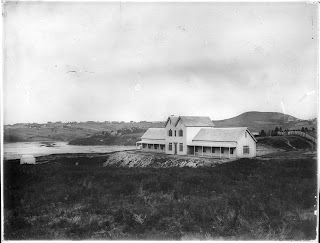
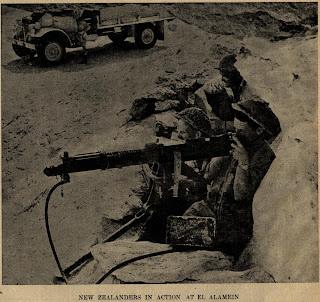

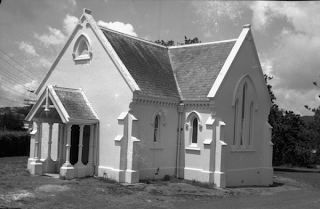


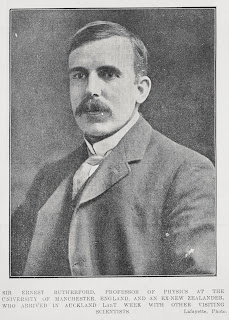



.png)



